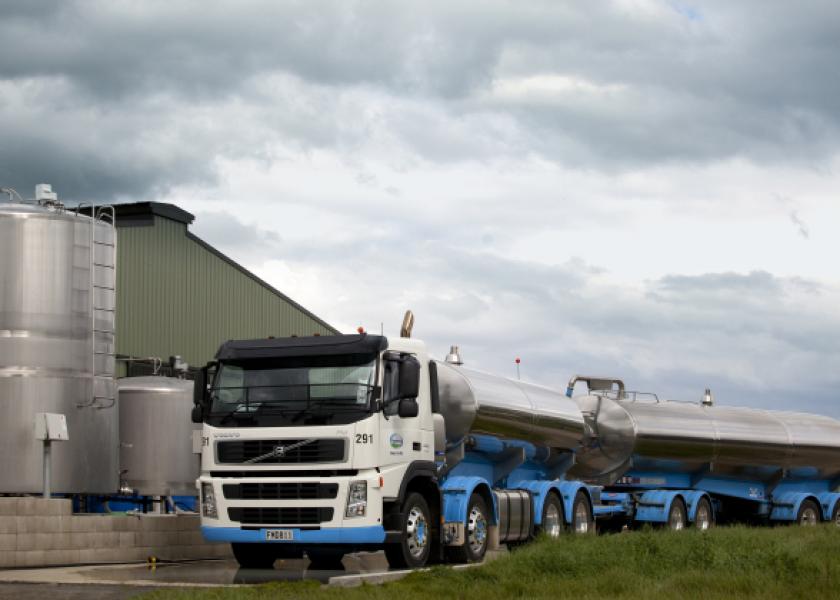Rabobank Report Finds Rising Milk Production Costs Continue to Squeeze Margins

The gap between the lowest- and highest-cost producer has narrowed since 2006 as low-cost regions see inflated feed costs, land and farm infrastructure investment and labor costs.
Source: Rabobank
Higher average prices for globally traded dairy commodities have not necessarily brought higher average margins for milk producers, according to a new report from Rabobank.
Production costs globally have converged as input costs have increased, and there are more inputs used in the traditionally low-cost milk production regions, such as New Zealand and Australia. While pasture-based producers in the Southern Hemisphere have been well known for their low-cost dairy export, they are now facing direct competition from milk producers operating more intensive farming systems for their domestic markets. However, these markets are also facing higher production costs. In the EU, for example, the burden is inflated where farmers have invested in valuable milk production quotas, such as in Ireland and the Netherlands.
"In recent years, milk production costs have converged in key export regions," says Rabobank analyst Hayley Moynihan. "The gap between the lowest and highest cost producer has narrowed since 2006 as low-cost regions have increased their input usage and been subsequently impacted by inflated feed costs, land and farm infrastructure investment, and labor costs."
Production costs vary between countries, farming systems and business structures. Dairy land prices, for example, have doubled in Ireland since 2002, tripled in Australia and New Zealand, and increased six-fold in Brazil within the same period. Higher milk and land prices have encouraged milk producers to maximize their existing assets (i.e. cows and milking infrastructure), resulting in greater use of purchased feed.
Production cost volatility has been higher for all dairy farmers, as a result of more volatile energy, fertilizer, and brought-in feed costs. This has been felt particularly by pasture-based farmers, with the exception of those U.S. dairymen who traditionally grow feed themselves. For producers operating extensive pastoral farming systems, volatility has been primarily driven by climatic events, rather than market price movements for inputs.
Since 2006-07, production cost volatility has been higher for all dairy farmers. For the historically low-cost dairy export markets of New Zealand and Australia, milk producers will need to structure their businesses and production systems to withstand ongoing high price volatility. These lower cost production regions have already largely capitalized their efficiency gains in a high milk-price environment into the price of land and other assets. However, they will need to work hard to ensure that they stay ahead of the pack in supply chain efficiency, market access, marketing and sensible regulation.
"With high volatility expected to continue for both milk prices and production costs, the ability to lower inputs and/or costs during periods of abundant global supply would be a distinct advantage," says Moynihan.







